-
×
 BLACKVUE DR970X-2CH 4K Dash Cam
1 × $100.00
BLACKVUE DR970X-2CH 4K Dash Cam
1 × $100.00 -
×
 LG Electronics OLED65C8PUA 65-Inch 4K Ultra HD Smart OLED TV
1 × $1,150.00
LG Electronics OLED65C8PUA 65-Inch 4K Ultra HD Smart OLED TV
1 × $1,150.00 -
×
 Takuma Carver 2 eFoil
1 × $4,500.00
Takuma Carver 2 eFoil
1 × $4,500.00 -
×
 Amazon Echo Dot 3rd Generation w/ Alexa Voice
1 × $55.00
Amazon Echo Dot 3rd Generation w/ Alexa Voice
1 × $55.00 -
×
 Garmin Forerunner 265 Running Smartwatch
1 × $100.00
Garmin Forerunner 265 Running Smartwatch
1 × $100.00 -
×
 Daiwa SALTIGA 5000H MAG SEALED Spinning Reel From Japan
1 × $250.00
Daiwa SALTIGA 5000H MAG SEALED Spinning Reel From Japan
1 × $250.00 -
×
 LOL Surprise Back to School BackPack With Lunch Box
1 × $6.50
LOL Surprise Back to School BackPack With Lunch Box
1 × $6.50 -
×
 ZOTAC GeForce GTX 1080 Ti Founders Edition 11GB GDDR5X 352-bit Graphics Card (ZT-P10810A-10P)
1 × $400.00
ZOTAC GeForce GTX 1080 Ti Founders Edition 11GB GDDR5X 352-bit Graphics Card (ZT-P10810A-10P)
1 × $400.00 -
×
 Garmin Fenix 3 HR
1 × $180.00
Garmin Fenix 3 HR
1 × $180.00 -
×
 MSI 2WAY SLI HB BRIDGE L SILVER GAMING 5K Video 80mm 2 Way SLI Bridge for GTX 1080 1070 Series Graphics Card
1 × $15.00
MSI 2WAY SLI HB BRIDGE L SILVER GAMING 5K Video 80mm 2 Way SLI Bridge for GTX 1080 1070 Series Graphics Card
1 × $15.00 -
×
 Waydoo Flyer One eFoil - EPP
1 × $3,500.00
Waydoo Flyer One eFoil - EPP
1 × $3,500.00 -
×
 Akai Professional MPK MINI MKII LE White | 25-Key Portable USB MIDI Keyboard With 8 Backlit Performance-Ready Pads, 8-Assignable Q-Link Knobs & Software Package Included - Limited Edition
1 × $50.00
Akai Professional MPK MINI MKII LE White | 25-Key Portable USB MIDI Keyboard With 8 Backlit Performance-Ready Pads, 8-Assignable Q-Link Knobs & Software Package Included - Limited Edition
1 × $50.00 -
×
 DEWALT D24000S Heavy-Duty 10-inch Wet Tile Saw with Stand
1 × $300.00
DEWALT D24000S Heavy-Duty 10-inch Wet Tile Saw with Stand
1 × $300.00 -
×
 SanDisk Ultra 256GB microSDXC UHS-I card with Adapter - SDSQUAR-256G-GN6MA
1 × $15.00
SanDisk Ultra 256GB microSDXC UHS-I card with Adapter - SDSQUAR-256G-GN6MA
1 × $15.00 -
×
 Roland OCTAPAD SPD-30 - Digital Percussion Pad
1 × $300.00
Roland OCTAPAD SPD-30 - Digital Percussion Pad
1 × $300.00 -
×
 Harman Kardon Aura Studio Bluetooth 360 Degree Speaker System with 4.5" Subwoofer
1 × $30.00
Harman Kardon Aura Studio Bluetooth 360 Degree Speaker System with 4.5" Subwoofer
1 × $30.00 -
×
 JBL Simply Cinema ESC 333 5.1 Dolby Digital Surround 5 Speaker 1 Active Subwoofer
1 × $50.00
JBL Simply Cinema ESC 333 5.1 Dolby Digital Surround 5 Speaker 1 Active Subwoofer
1 × $50.00
Subtotal: $11,001.50
















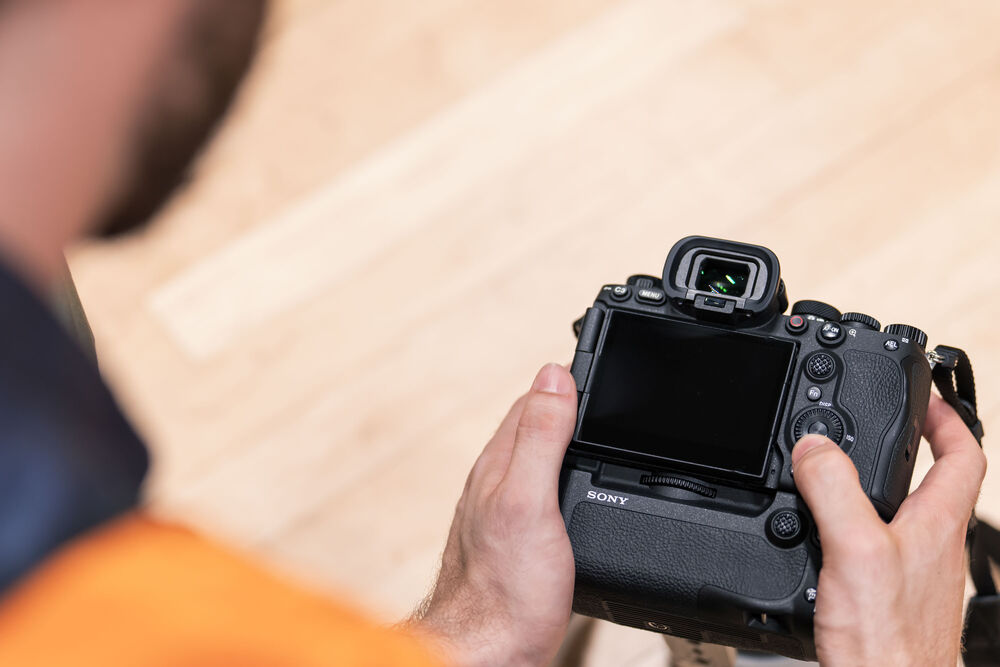
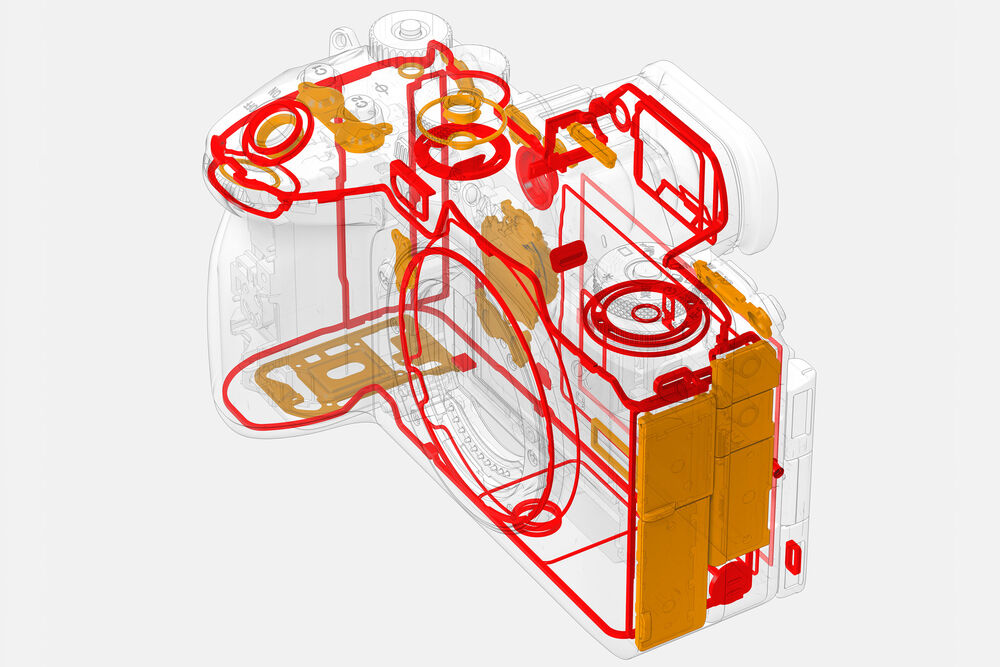
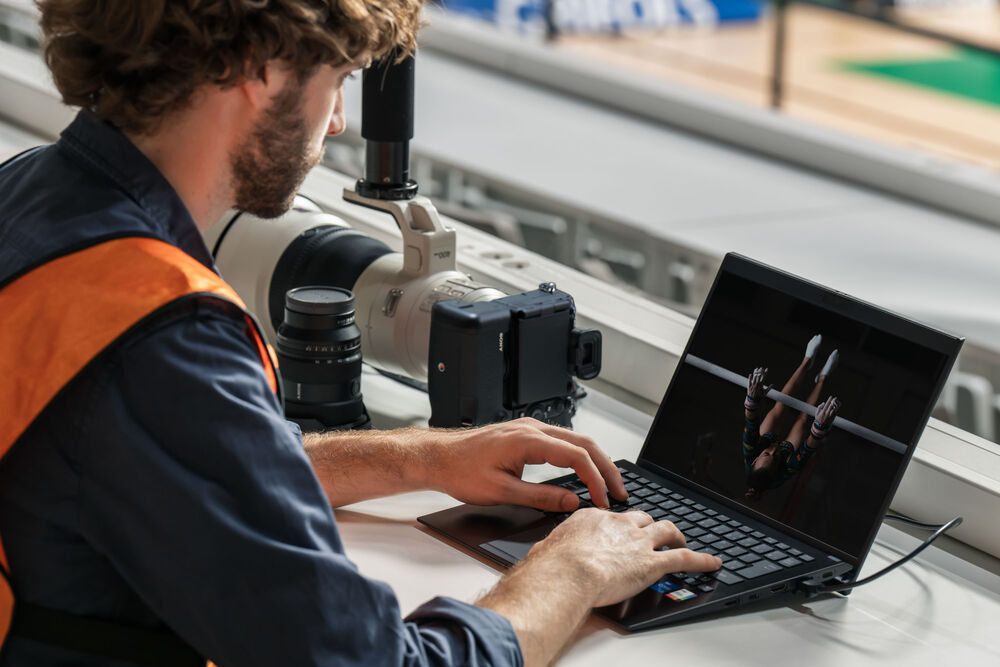



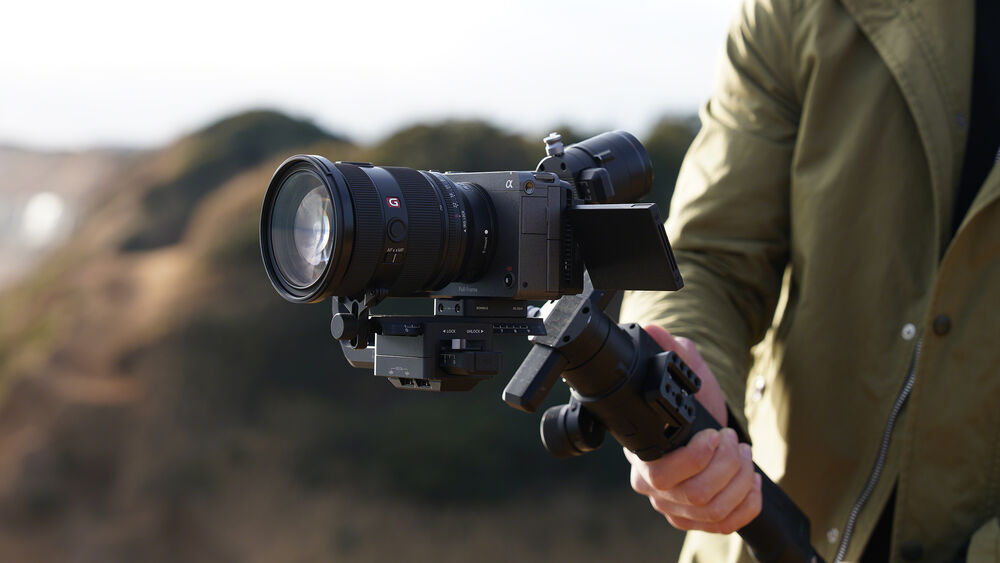
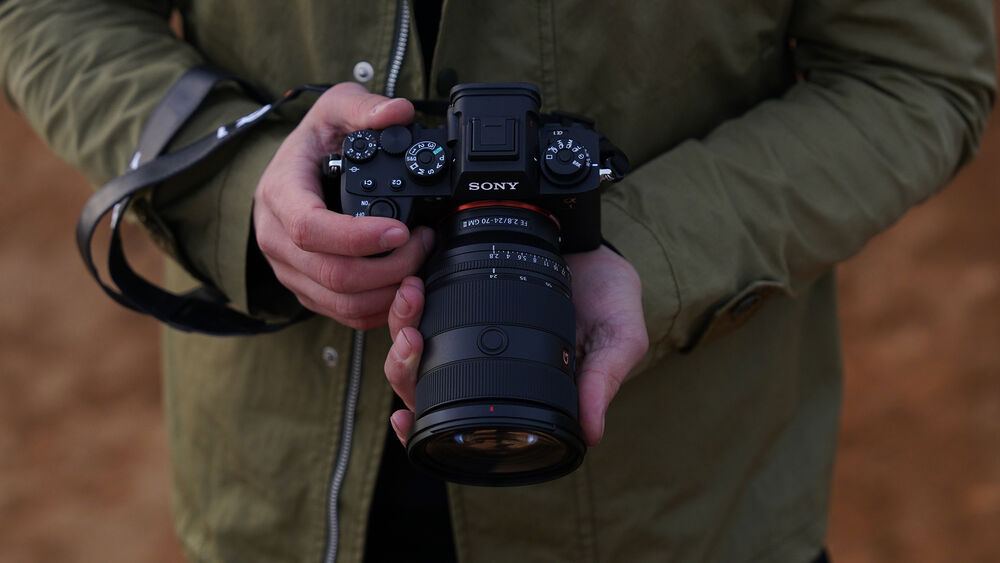




























There are no reviews yet.